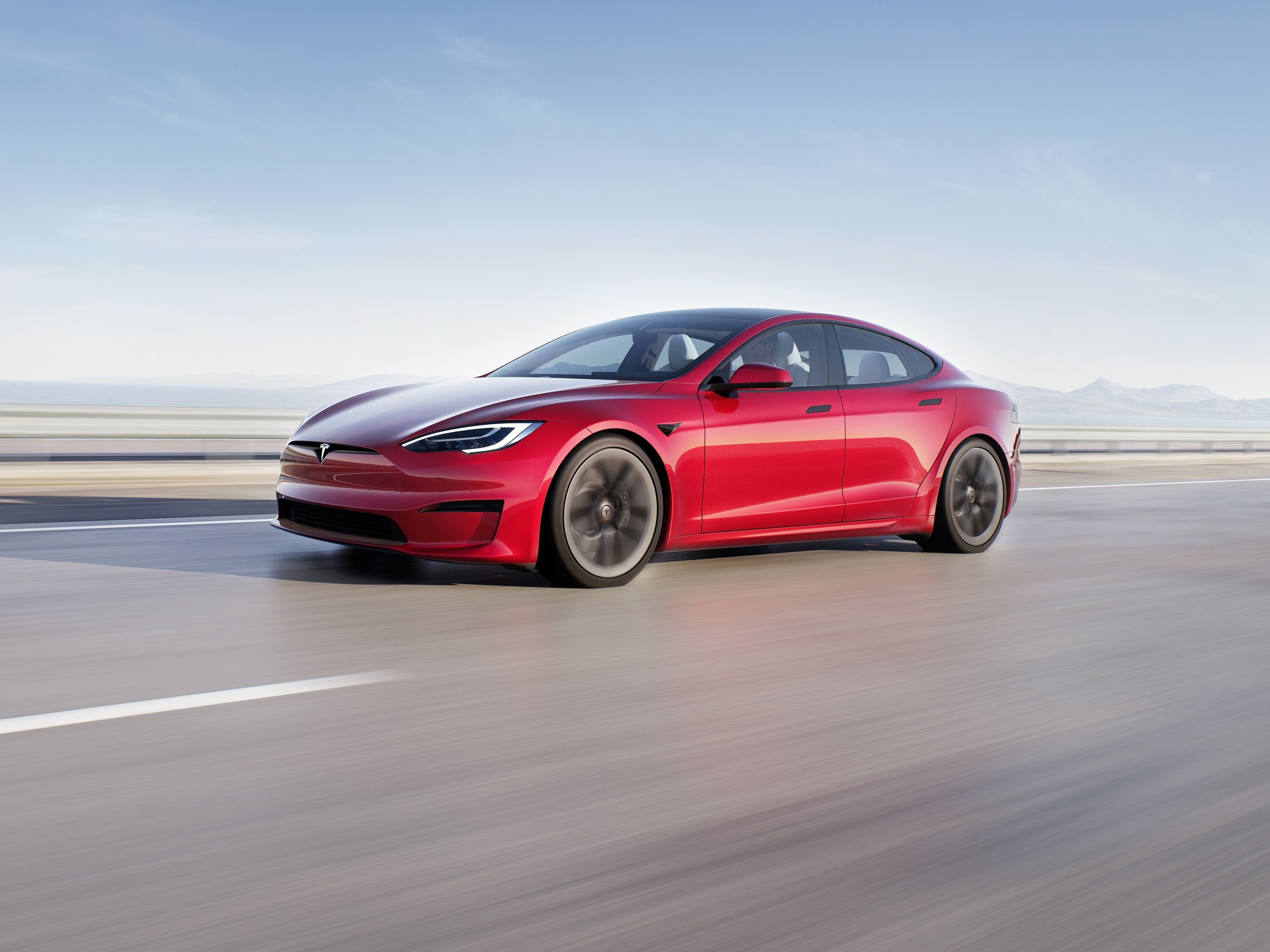
Tesla is continuing to gradually, incrementally add new features to its semi-autonomous Autopilot software suite, taking a more iterative approach to vehicle autonomy than its competitors. Thanks to a brief recent Twitter exchange, we already know at least some of what to expect when the next version ships in a few months' time.
On Monday, the blog Whole Mars Catalog tweeted at Tesla CEO Elon Musk to ask when Autopilot would be able to execute automated lane changes on city streets. The system has long been capable of changing lanes without driver intervention on limited-access highways, but not around town, where the driving task is more complex and there's a wider variety of obstacles to account for.
Musk responded that the function would be available "[i]n a few months in production release."
As a matter of fact, Musk says, Tesla's current alpha prototype software build can already execute its own lane changes around town, giving Tesla valuable data from a fleet of private-owner Model S, X, 3, and Y vehivles that will be used to further develop and fine-tune the feature.
Tesla refers to the feature as "Autosteer on City Streets," and its eventual release will be a huge milestone for the company, marking the official completion of Tesla's "Full Self-Driving" software suite. Of course, Tesla's still expected to improve existing Full Self-Driving functions in the future, drawing on what it learns over months and years of continual use to make the suite safer and more reliable with successive software updates.
The last major function to be added to the suite was Traffic Light and Stop Sign Control, which true to its name, gave equipped Tesla vehicles the ability to recognize stop signs and read traffic lights at intersections, and react accordingly, bringing the vehicle to a complete stop when appropriate.
The function is an apt example of Tesla's iterative process for refining its vehicle software; while initially, drivers using Autopilot had to confirm when the intersection was safe to proceed through, machine learning allowed Tesla to make that requirement redundant.
